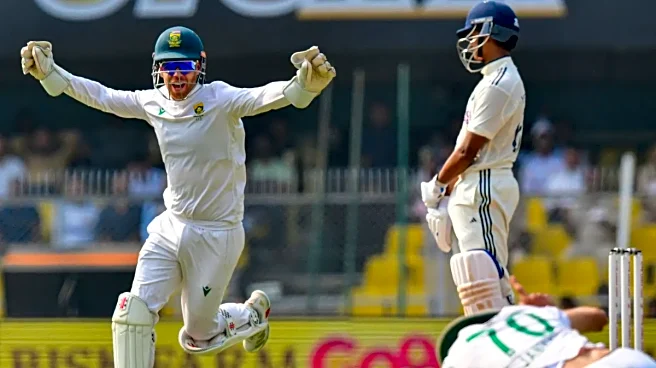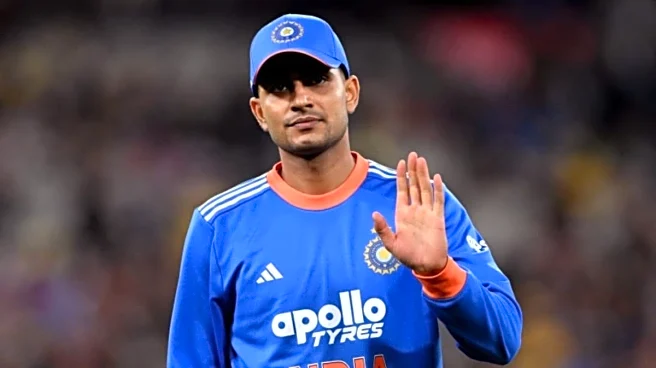IND vs SA: It's almost clear that India can't win the Guwahati Test and level the two-match series against South Africa. Which means India are set to lose yet another Test series at home - and that too
to a team like South Africa, who have traditionally struggled to cope up with turning tracks.
After New Zealand, South Africa will become only the second team in recent times to win a Test series in India.
This is the final frontier. Even a world champion Australian side, after winning 16 consecutive Test matches at the start of the millennium, couldn't conquer India in India. But now, it seems fashionable to beat India at their own game. Turning tracks no longer intimidate visiting teams; they still find a way to outplay India - especially when India have a coach like Gautam Gambhir, who appears clueless about his team's strengths and weaknesses.
How can anyone forget what happened to the great Sachin Tendulkar after India lost the home series to England in 2012? He was told to step aside. Because in India, losing a Test series at home is unacceptable - almost sacrilegious.
If the BCCI is serious about pushing contracted players to participate in the Ranji Trophy in order to secure the supply chain for the Test team, then there is far more to the situation than meets the eye.
Transitions in cricket happen gradually - but never at the cost of disturbing the balance of a settled side. How many times in world cricket do you see a sitting captain being dropped from the playing XI? Yet this is exactly what happened to the Indian team when Rohit Sharma was forcefully removed from the XI during the Sydney Test under the aegis of coach Gambhir.
Simply removing top-notch cricketers like Rohit Sharma and Virat Kohli does not create a "transition. " It creates instability. If anyone wants to understand what Kohli brings to the table - not just as a batter but as a presence - they should speak to the Delhi Ranji Trophy players. They will tell you how the entire team transformed during the match against Railways last season. Delhi looked like a completely different side, even though Kohli did practically nothing with the bat. His mere presence lifted standards.
Yes, Kohli played both the New Zealand and Australia series, which India recently lost, and India also did well without him in England. But this new-look Indian team does not have a big star, a magnetic personality who can steady a dressing room or demand excellence by simply being around.
Gambhir has openly spoken about ending the "superstar culture," and in doing so he appears to be ending the stars themselves. The purge seems deliberate. So much so that even the spectators in Assam could sense how vulnerable India looked against South Africa - a team that historically struggles on turning tracks, yet now stands taller than India in India. When transition turns into destabilisation, the outcome is exactly this: a great cricketing nation suddenly looks ordinary in its own backyard.







